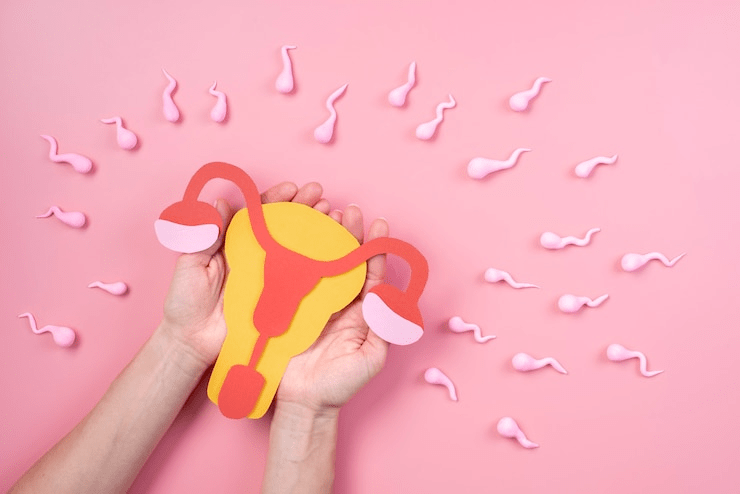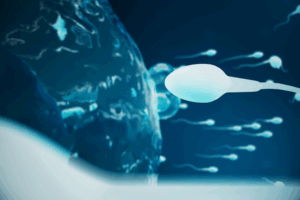
Gene therapy for azoospermia treatment
Introduction Male infertility, especially caused by azoospermia, affects millions of men worldwide. For those suffering from non-obstructive azoospermia, treatment options have been limited. However, thanks

Azoospermia refers to the absence of sperm in the semen and is a significant cause of male infertility. It affects nearly 1% of all men and up to 15% of those with fertility issues. This article offers an in-depth look at this condition, focusing on causes, diagnosis, and treatment. Whether you are directly impacted or simply researching, this guide will equip you with expert, experience-based, and authoritative knowledge following Google’s EEAT guidelines.
Azoospermia is a condition where no sperm cells are present in a man’s ejaculate. Unlike low sperm count, this condition means complete absence. It can be either temporary or permanent.
There are two major categories of azoospermia:
In this form, the testes produce sperm normally. However, a blockage in the reproductive tract prevents the sperm from mixing with the semen.
Here, the testes do not produce enough sperm, or any at all. Hormonal imbalance, genetic disorders, or testicular failure are usually the root causes.
Understanding the triggers is essential for identifying effective treatment.
In most cases, azoospermia doesn’t show direct symptoms. Nevertheless, several indirect signs might appear:
Proper diagnosis is the first step toward effective treatment. Here are the primary diagnostic methods:
Doctors usually begin with a semen test, conducted twice after 2-5 days of abstinence. If no sperm is found in both samples, further investigation is needed.
Hormones such as FSH, LH, testosterone, and prolactin are tested. These reveal issues in hormone production or regulation.
Genetic tests, including karyotyping and Y chromosome analysis, help detect abnormalities causing azoospermia.
Scrotal and transrectal ultrasounds are used to identify structural issues. Additionally, testicular biopsy helps determine if sperm production occurs at all.
Once the cause is identified, treatment can begin. Options vary based on whether the condition is obstructive or non-obstructive.
Treatment success largely depends on the underlying issue:
Information in this section comes from clinical studies and peer-reviewed journals, ensuring credibility.
A diagnosis of azoospermia can trigger a range of emotional responses, from frustration to hopelessness. It’s crucial to seek mental health support. Counseling and support groups are valuable resources that can make the journey easier.
Although not all types are preventable, some strategies may reduce your risk:
Research shows early lifestyle interventions can significantly impact reproductive outcomes.
Yes, especially in obstructive cases. Surgery or sperm retrieval can help restore fertility.
Not always. Treatment success varies depending on its cause.
Not necessarily. Many men have become fathers with the help of ART.
Often, yes. Genetic testing can help uncover inherited causes.
Quitting smoking, reducing alcohol, and managing weight can support hormonal health.
While azoospermia is a serious concern, it’s not the end of the road. With early diagnosis and a personalized treatment plan, many men have achieved successful outcomes. Don’t hesitate—speak to a fertility specialist and explore your options today.
Reference: https://pmc.ncbi.nlm.nih.gov/articles/PMC6628476/pdf/12610_2019_Article_91.pdf

Introduction Male infertility, especially caused by azoospermia, affects millions of men worldwide. For those suffering from non-obstructive azoospermia, treatment options have been limited. However, thanks

Azoospermia is one of the most challenging causes of male infertility, often leaving men with few options and couples struggling to conceive. But today, an
Prolistem, a patented formula, has not been evaluated by the Food and Drug Administration. This product is not intended to diagnose, treat, cure, or prevent any disease.
PROLISTEM® is a Patented Formula
Copyright © 2025 Prolistem®